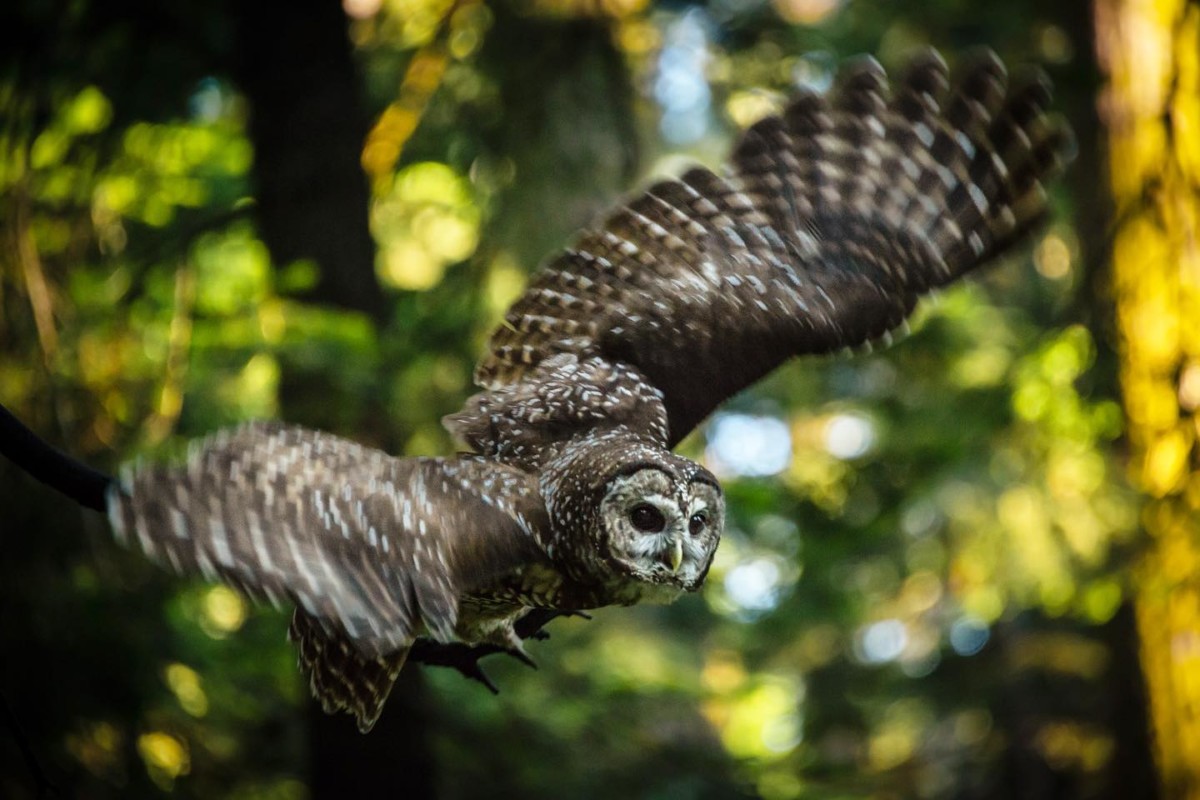Wildlife photographers can often share rare and spectacular images of wildlife with us that touch our hearts and motivate us to want to make a positive impact on the natural world around us. Because they often grab our attention with stunning photos, our CSERC staff wanted to share some stories of why and how photographers do what they do - and get them to tell us their secrets for capturing these special moments.
The first photographer we’re highlighting is Brittany Kleinschnitz. Brittany has a wildlife biology background, making her especially adept at capturing wildlife in action!
“I began taking pictures when I was a sophomore in high school, shooting with black and white film and working as a darkroom assistant for my teacher. I continued to do this through my undergraduate degree, where I focused more on conceptual photography and printmaking. After living in Vermont and spending time in different places across the US, I began taking more photos of landscapes and wildlife. I have always had a deep connection with animals and found myself working for the last four years as a wildlife technician in different capacities, including as the Lead Wildlife Surveyor for Calaveras Big Trees State Park. This is where I got this shot of a California Spotted Owl (Strix occidentals).


In my time working at the park, I grew to know and love each of these owls. For me, photography is a process of building relationships with the natural world. This was a female owl from a pair in the South Grove that had successfully reproduced in 2019. We spent hours finding the nest and checking out their space, watching them hunt and feed their young. As a Naturalist and Spiritual Ecologist, I believe it is my responsibility to share my experiences with other people such that they too build a relationship with these wild places and beings. Conservation and ecology is about more than just numbers - it is about human attitudes and habits. Photography has the power to invoke awe and emotion in people, leading them to make more sustainable decisions.
I try to capture the personality of animals and the unadulterated/unaltered beauty of landscapes. My post processing is very minimal and seeks to amplify the qualities that were most present to me in the moment of taking the picture. My advice to photographers who are lovers of the living world is to know the land and take your time. Find out which Indigenous tribe's land you're on when shooting and remember the history of the land. Find your favorite places, your favorite subjects, and return to them. Build relationships, be willing to listen deeply, and be surprised by what you find. Know when and where the sun rises and sets, know how the light will fall and what limits you can push your equipment to. It’s not about the fancy gear you have, it’s about your presence in the space and what you do with the product. For all that we receive by taking pictures, what is it that we’re giving back?”


